.
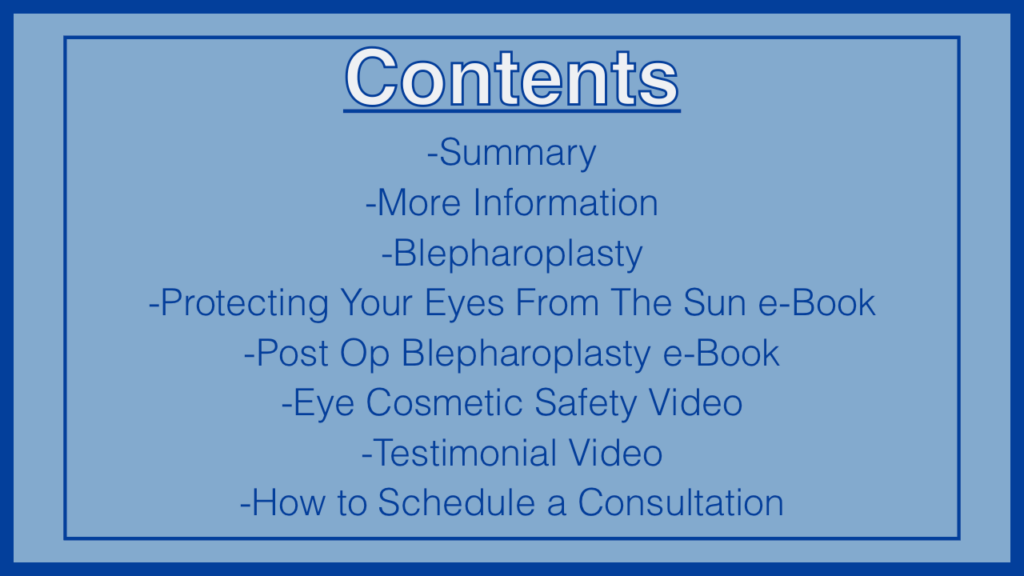
.
Summary
Purpose (Indications)
Tired look
Skin resting on eyelashes
Difficulty seeing
Difficult to apply eye makeup
Puffiness to eyelids
Dark circles under eyes
What It Does
Removes excess skin and fat pad in upper eyelid
Removes excess fatty tissue pads in lower eyelid and allows skin to contract and re-drape
Technique
Incisions hidden in upper lid skin crease and fold
Dissolvable sutures utilized
Laser used to vaporize excess fatty tissue, in most cases without any external incisions
Recovery Time
Upper eyelids: 3-7 days
Lower eyelids: 3-5 days
Most people can be out wearing dark sunglasses by 3 days post-surgery and most can resume normal activities in 7 days
Recovery Instructions
Ice compresses on eyes, and eye rest, for first 48 hours after surgery
No lifting over 10 lbs. or straining for 1 week
Sleep with head elevated for 2 weeks
How Long It Lasts
10 years in most cases
Ancillary Procedures Commonly Performed In Conjunction With Blepharoplasty
Chemical peels or laser resurfacing
More Information
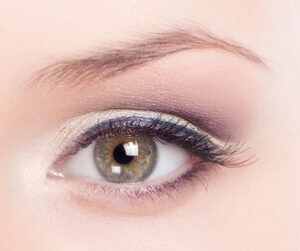
Eyes are one of the first areas to show aging. Some people refer to the eyes as the “windows of the soul.” They are certainly the focal point of the face, and increased laxity of skin can portray a tired, sad, or melancholy appearance, when in actuality we feel otherwise. Blepharoplasty surgery (or the eyelid tuck as it is sometimes called in layman’s language) primarily gives us a more rested appearance by reducing the excess skin and fatty tissue, which can develop in both the upper and lower eyelids with aging.
Anatomy
The entire eyeball is surrounded by fatty tissue, which medically we call adipose tissue. A thin membrane called the orbital septum holds this fatty tissue into position. With aging, the fatty tissue can bulge forward (especially in the lower eyelid) and form a hernia, just like in any other part of the body. The dark circles that people complain of are many times not due to pigmentation in the lower eyelids (although that can occur in rare instances), but rather a shadow effect caused by this excess fatty tissue. This results in a convexed bulging to the lower eyelid with a resultant concavity, which causes the shadowing effect. This is the reason the condition may appear more severe in various kinds of light.
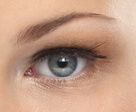
The condition may be worsened during a woman’s menstrual cycle, or when one is eating or drinking an increased sodium intake. Both of these conditions result in an increased fluid retention by the body. The fatty tissue attracts this fluid, which results in an increase in bulging in this area. If the condition is detected early, the fatty tissue can be removed simply by using a laser on the interior part of the lower eyelid, and removing the fat without any external incision. This is called a transconjunctival blepharoplasty. The fatty tissue is removed and the skin re-drapes into its normal position. However, if the condition has persisted too long (or the skin laxity has markedly increased), then both skin and fatty tissue need to be removed. This would be the traditional blepharoplasty or eyelid tuck.
The appearance of our eyes is an individual characteristic, and is due in part to the shape of the bony cavity (the orbit). Some people have a very prominent superior orbital rim, which affects the shape of the periorbital area. Little can be done to alter bone structure of this area. In some cases the depth of our eyelid crease is determined by the amount of cartilage in the eyelid area. This is an inherited characteristic, and there is a limit to how much can be modified. For example, an individual with small eyelid fissures may be able to obtain significant improvement in the appearance of their eyes and a well rested look, but may never be able to obtain a large deep set upper eyelid fold due to their anatomy.
Individuals show changes in the eyes at varying ages. The average person, as early as age 25, may have enough laxity in the upper eyelid that they can obtain significant improvement and at approximately 25-30 for the lower eyelid. However, our individual anatomy in this area varies so greatly that a good rule of thumb on the time to seek eyelid surgery is. For women, it is when it becomes difficult to place eye shadow on the upper eyelids. For both men and women, it is when a good night’s sleep doesn’t get rid of puffiness in the lower eyelids.
Most often a droopy eyelid is due to laxity in upper eyelid skin. Infrequently, it may be due in part to an abnormality in one of the upper eyelid muscles. A small muscle called the levator aponeurosis can sometimes lose its attachment to the cartilage in the eyelid, or can become dysfunctional with age. When that occurs, the eyelid can drop. This usually occurs unilaterally. In this condition, the muscle needs to be tightened and the excess skin and fatty tissue in the upper eyelid area needs to be removed. When this condition occurs, there can be significant improvement; however, there will always be some asymmetry or slight difference in the position of both eyelids.
Surgical Procedure
Eyelid surgery is usually performed under twilight anesthesia on an outpatient basis. A special marking pencil is used to mark the upper eyelid crease, and calipers are used to engage the amount of excess skin contained in the upper eyelid in a method called a pinch technique. The skin is then removed and excess fatty tissue from the middle (medial) most portion of the eyelid is also removed. In some cases, the upper eyelid muscle may be contoured. The incision is closed with dissolvable sutures and/or sutures that run underneath the skin, and can be painlessly removed after one week. Within approximately one week, the incision conforms to the natural contour of the eye and is hidden in the eyelid fold. Laterally, it blends into the fine eyelid creases in the outer part of our eye.
In the lower eyelid, an incision is made several millimeters below the eyelash line and is carried laterally into the skin crease. The skin and muscle are reflected down, and three fatty tissue pockets in the lower eyelid are opened and excess fatty tissue is removed. The skin and muscle are then repositioned and excess skin is removed. The incisions are closed with interrupted dissolvable sutures. Frequently special tape is used to support the lower eyelid area for a week after surgery. This not only helps to reduce the amount of swelling and bruising, but also allows and increased amount of extra skin to be removed more safely.
If the only problem in the lower eyelids is bagging secondary to excess fatty tissue, the laser can be used, with no external incision. In this case, the laser removed the fatty tissue from inside the eyelid with no incision on the outside of the eyelid. If excess fatty tissue has resulted in stretching of the lower eyelid skin, then both fatty tissue and skin need to be removed in the traditional blepharoplasty with an external incision.
Patients commonly will ask how long eyelid surgery lasts. Because the tissue is removed, one will always look better than they would have had they not had the surgery. Unfortunately, we continue to age, so there will always be changes in this area. We are fortunate that eyelid changes do not occur as rapidly after surgery as changes in other areas. While some individuals may require repeat surgery, we find that most people, whether they have surgery done at age 30, or at age 50, rarely have to have this procedure repeated. This appears to be due to the fact that the fatty tissues does not recur, and that the eye is located within the bony structure and appears to be protected somewhat by the gravitational and environmental effects of aging as contrasted with the cheeks, jowl and neck area, which may need tuck up procedures after a facelift.
Various types of chemical peels can be used to remove wrinkling in the eyelid area and provide an additional tightening effect to the skin. These are usually performed 3-4 months after the eyelid surgery. Various types of chemical peels can be used. Each type of peel varies in the degree of wrinkle removal and tightening that is obtained. Some provide an increased lightening effect to the skin in the eyelid area. A new development in recent years has been the use of laser abrasions to resurface or rejuvenate eyelid skin.
Recovery
Following eyelid surgery, an individual needs to sleep with their head elevated approximately 30º for the first two weeks following surgery. They need to refrain from lifting over 5-10 pounds or activities which result in heart rate elevation for the first 7 to 10 days following surgery. This will help to minimize the amount of swelling and bruising. Eyelid incisions are cleansed with hydrogen peroxide soaked Q-tips 4-5 times a day during the first week. The patient can wash over these areas or get in the shower, as long as the shower spray does not directly hit the face. In fact, this is encouraged in order to accelerate the wound healing. Makeup can be applied after 7 days. Applying makeup sooner could result in irritation to the incision lines and should be avoided.
Ice water soaked compresses are applied to the eyelid area, every 10 minutes, for the first 48-72 hours following surgery. This is critical in helping to reduce swelling and bruising, decrease discomfort and accelerate wound healing. Ice packs work well, but do not contour into all areas of the eyelid; therefore, increased swelling and bruising can result. This problem is eliminated with wash clothes soaked in ice water.
One needs to limit eyelid movement for the first 48 hours after surgery. This means they should keep their eyes closed as much as possible and use the cold compresses. If an individual was reading, watching TV, or doing paperwork immediately following surgery, each time they blink their eye, they would be pulling and stretching the incision lines. This obviously will decrease healing and result in more swelling and bruising. During those first 48 hours, the patients should have as much eye rest as possible. We would recommend listening to books on tapes, CD’s or listening to the television (but not watching). Approximately 90% of patients find that at the end of one week, they can resume their normal activities and have significant improvement in their appearance, as compared to before surgery. In 10% of cases, there may be some increased swelling and bruising. Even this can usually be camouflaged with makeup.
When transconjunctival blepharoplasty is performed, patients can often return to normal social and work activities within 48 hours. Advances in laser technology allow this surgery to be performed with much less discomfort, bruising and swelling. However, this procedure can only be done if there is good elasticity to the lower eyelid skin.
…………………………………………………………………………………………………………………………………………………………………………………………………………………………………………………………………………………………………………
Blepharoplasty eBook
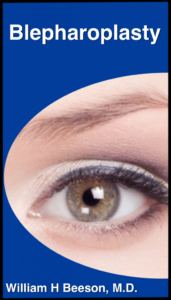
………………………………………………………………………………………………………………………………………………………………………………………………………………………………………………………………………………………………………………
Protecting Your Eyes From The Sun eBook

…………………………………………………………………………………………………………………………………………………………………………………………………………………………………………………………………………………………………………
Post Op Blepharoplasty eBook
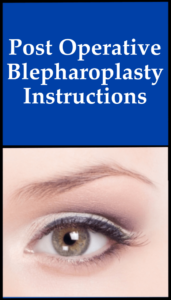
………………………………………………………………………………………………………………………………………………………………………………………………………………………………………………………………………………………………………………………………
.
.
………………………………………………………………………………………………………………………………………………………………………………………………………………………………………………………………………………………………
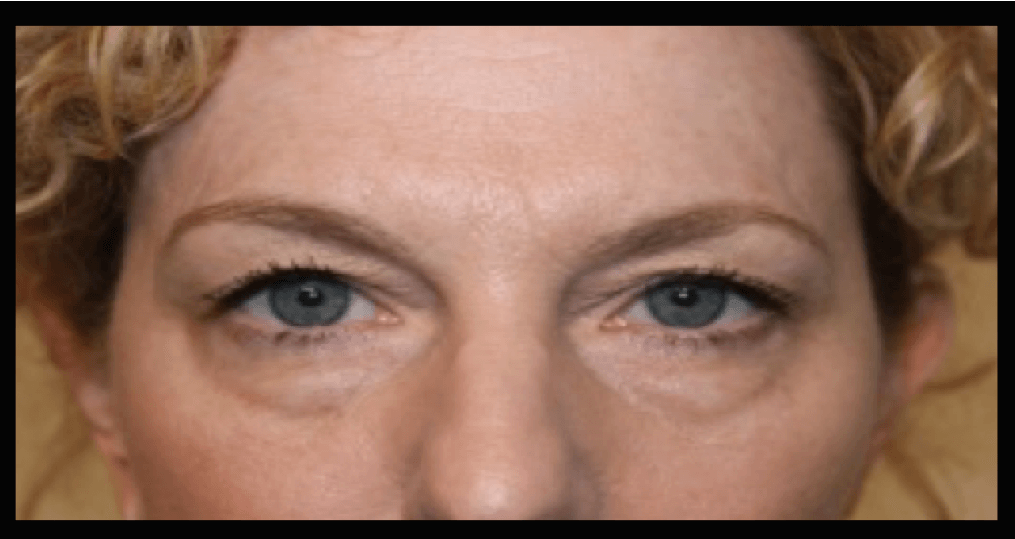
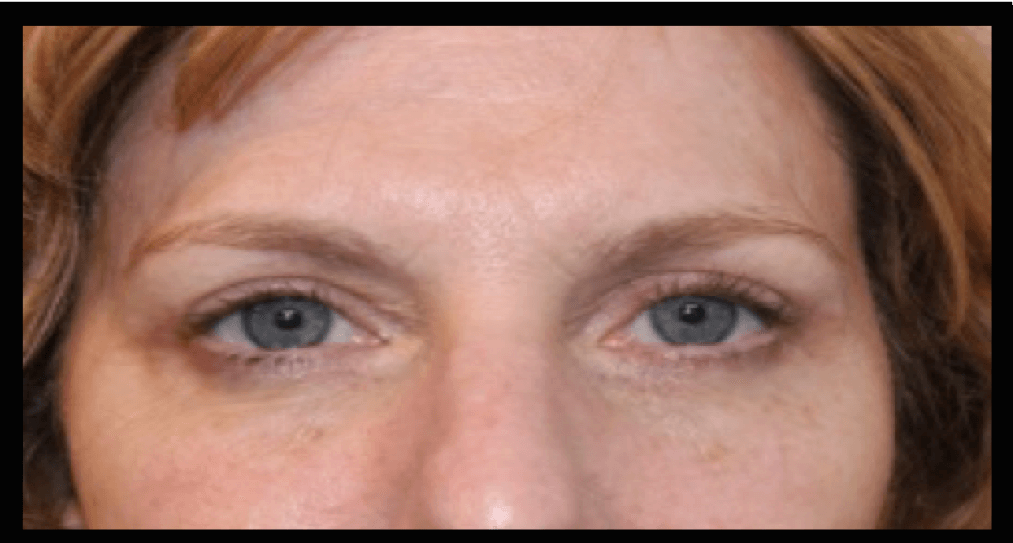
.

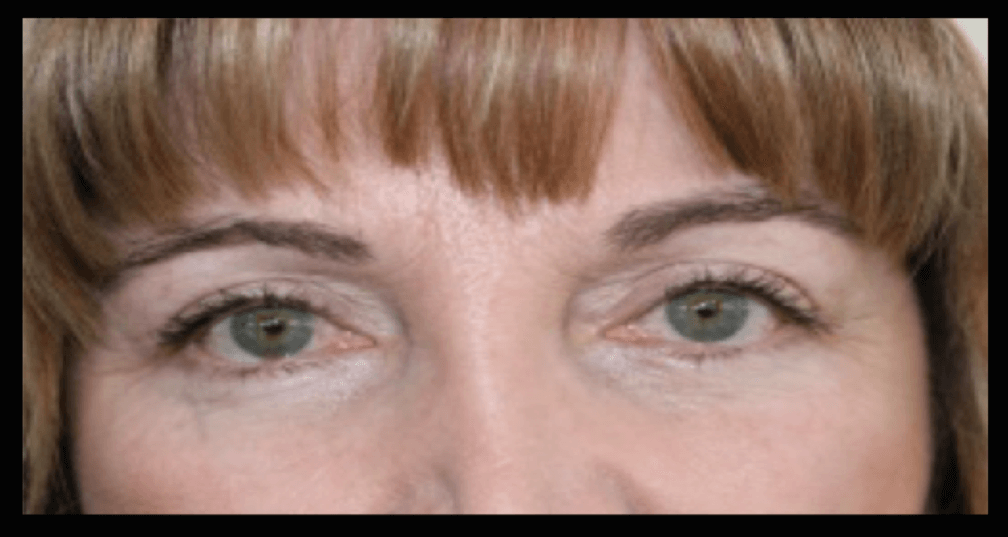
.
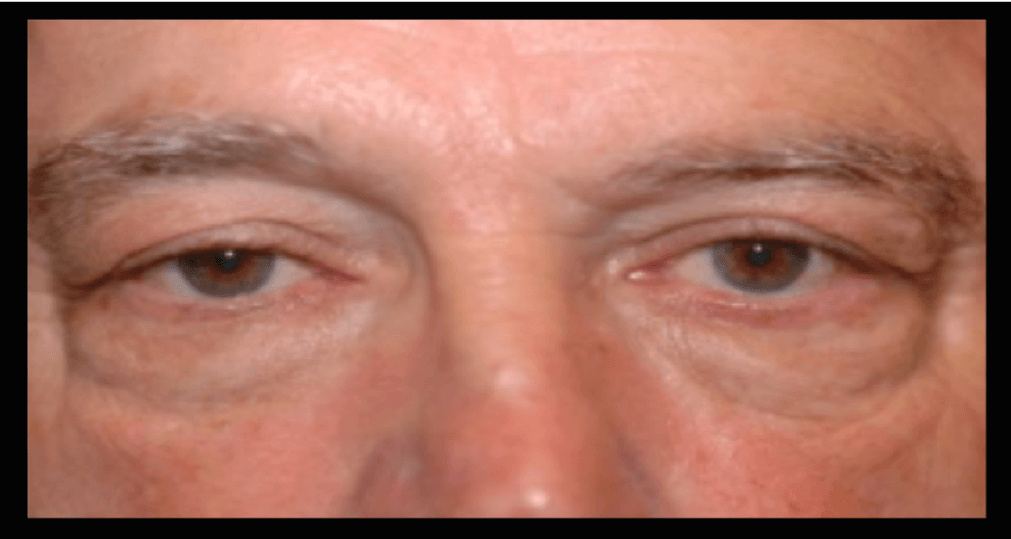
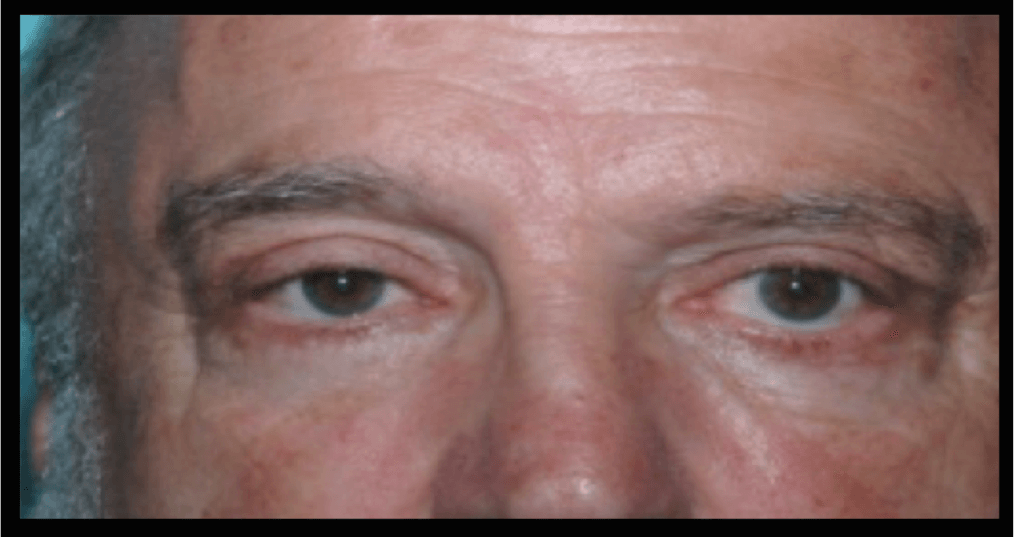
.
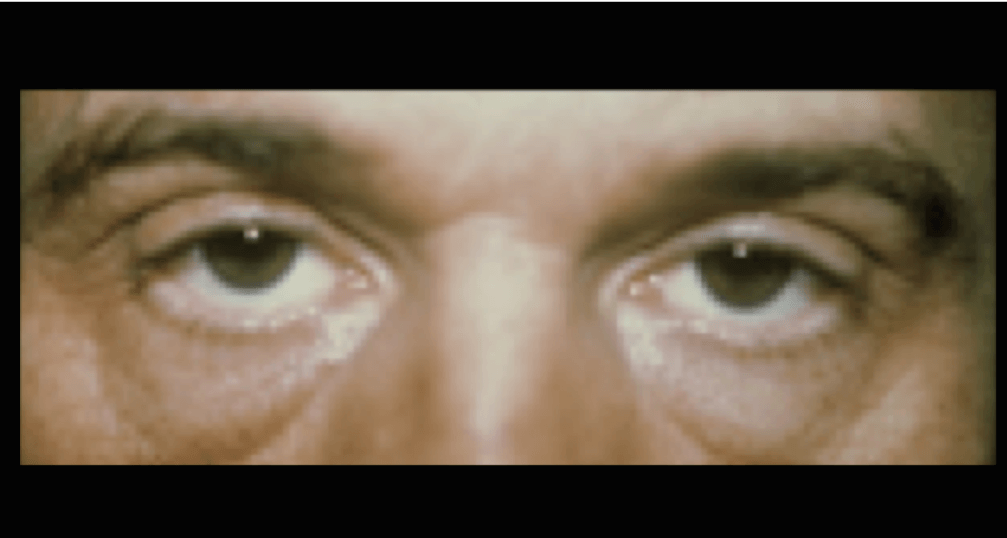
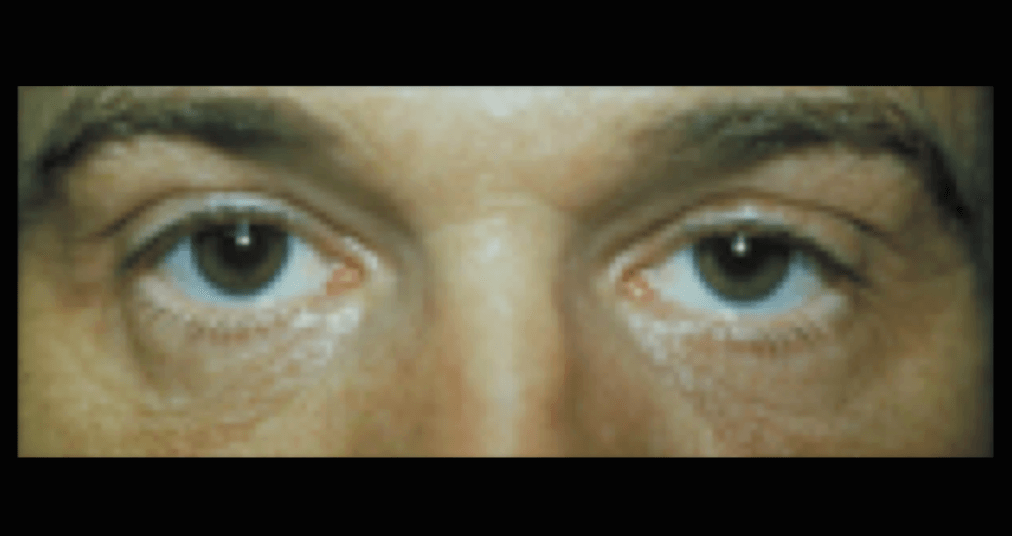
.
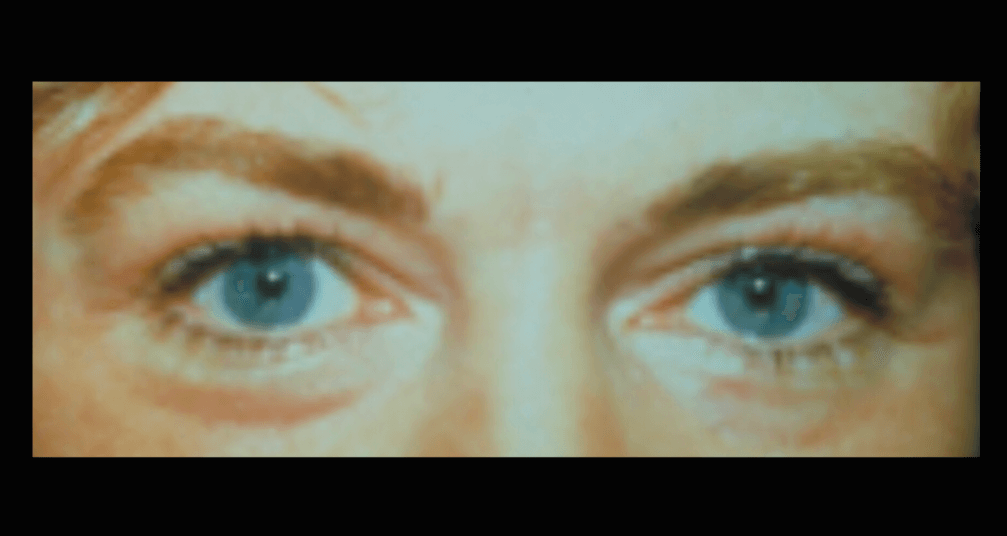
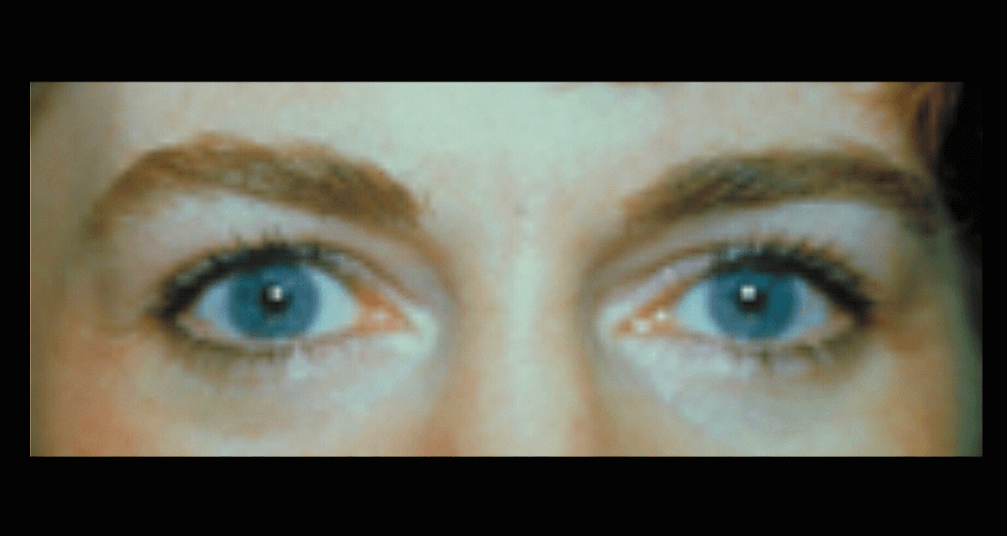
.
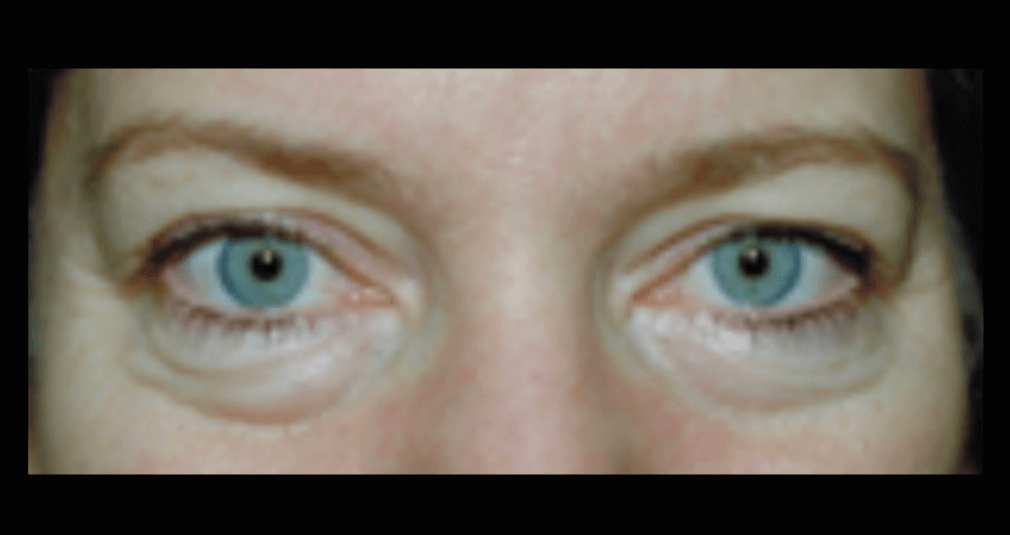
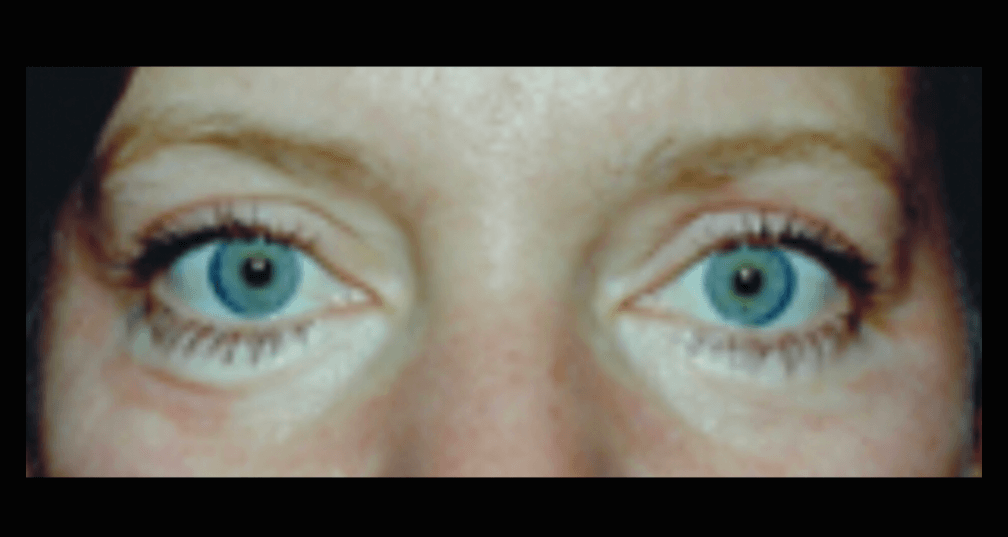
.
Schedule A Consultation Now!
Communication is not secure. Contacting the practice does not establish a physician/ patient relationship.*
.
For more information on procedures and wellness, visit our collection of free, downloadable eBooks
.
Follow us on Facebook for weekly tips on health and wellness.
.